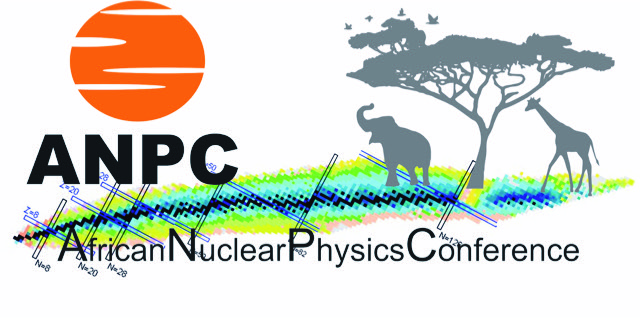Speaker
Description
The development of the Radioactive Ion Beam (RIB) facilities, allowing the study
away from the stability line, has unveiled the concept of a standard Mean Field Approach (MFA) to particle systems. Closely tied to the MFA idea the independent shell model was developed, which assumes that the interaction between the many-body nucleon system can be suitably represented by a MF potential for each single particle. The MFA has played an important role in the early days of nuclear Physics, and was able to explain many properties of nuclei, such as the origin of the magic numbers leading to additional stability.
However, current theoretical and experimental work have shown that along the nuclear landscape some magic numbers are either vanishing, receding or emerging, questioning earlier descriptions of the nuclear quantum systems. More recently, structure studies and reactions analyses of single-nucleon knockout from a nucleus have demonstrated the need to go beyond this simplified MFA picture \cite{abinitio} and to consider many-body structure models comprising explicit nucleon-nucleon (NN) and three-nucleon (NNN) interactions {Wiringa14,Carlson15}, NN correlations, in particular neutron-proton correlations entirely absent in the MFA \cite{nature}. On the other hand the role of the many body degrees of freedom into the reaction dynamics might need to be taken into acount in special quantum systems or in key reaction observables {Cowley-00,Lay-16,Deltuva-19}.
A consistent analysis of available experimental data together with a theoretical analysis including key many body degrees of freedom, in structure and dynamics,is of utmost importance for the understanding of nuclear structure along the nuclear landscape and of nuclear correlations. In addition, on needs to identify the observables and/or kinematical regions to fingerprint many-body aspects. In particular, the measurement of analysing power in nuclear reactions with beams of polarized protons might shed light on this issue.
We shall discuss current measurements and theoretical analysis of reaction with proton probes. We also shall propose a set of future experiments for the understanding of many-body degrees of freedom in the nuclei structure and dynamics of the reaction.

